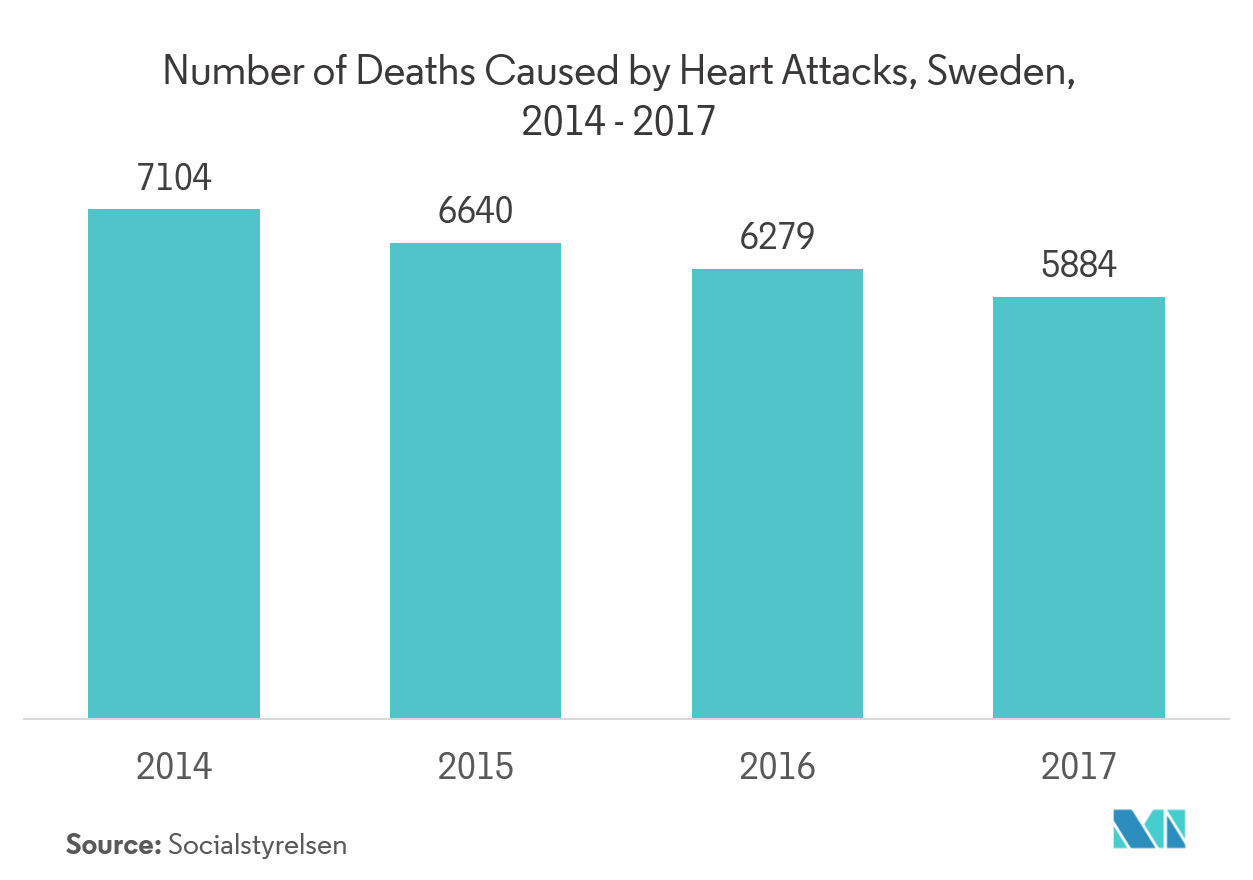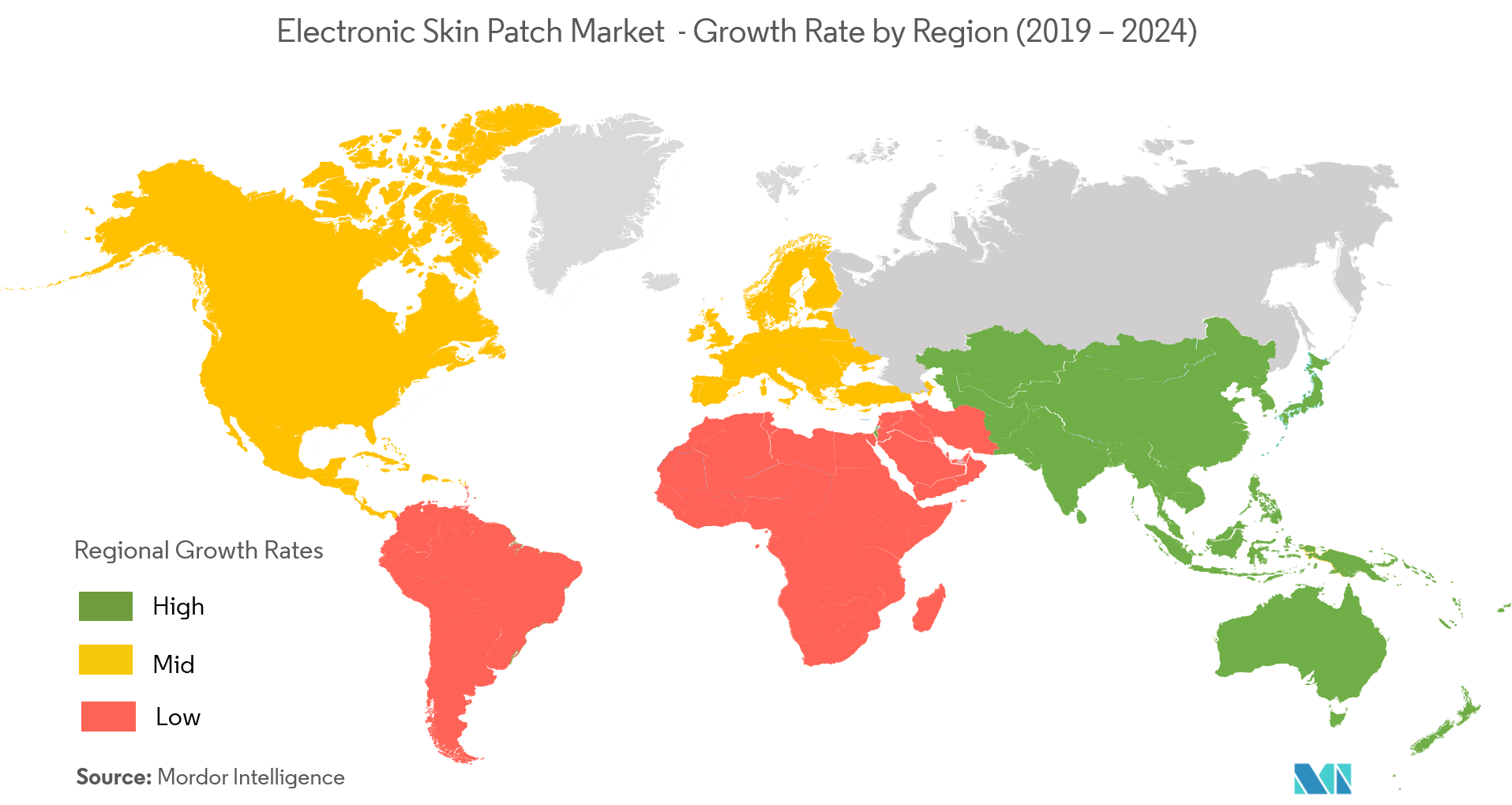Market Trends of Electronic Skin Patch Industry
This section covers the major market trends shaping the Electronic Skin Patch Market according to our research experts:
Owing to Changing Lifestyle, Cardiovascular Monitoring is Expected to Register Substantial Growth
- Cardiac function is the result of four interrelated variables, like heart rate, preload, contractility, and afterload. It becomes very difficult to quantify individual components of cardiac functions and poses two main problems. Firstly, the technique is either invasive pressure or highly specialized echocardiographic techniques. Secondly, all the components are interdependent. Hence, a failure in a single component may affect the other components. In such cases, an electronic skin patch works as the best alternative for cardiovascular monitoring, as it does not involve any invasive procedures and is handy.
- Cardiovascular monitoring becomes important for athletes running marathons spread across several kilometers, as it involves stretching the capabilities of the human body. Henceforth, it becomes essential for the athletes to track the cardiac function to better plan their runs.
- For instance, 16 runners participated in METRO Marathon 2018, in Düsseldorf, on April 28, equipped with stick-on smart health patches (three companies were engaged in developing smart health patches, such as Henkel, Quad Industries, and Byteflies) that continuously measured and recorded motion (IMU), electrocardiogram (ECG), and respiration (RES).
- The fast-paced work life, coupled with irregular eating habits and no exercises, has resulted in many fatal diseases, with heart diseases becoming the most common. Thus, monitoring the vitals of the body is important, as it can prove fatal when ignored. The use of electronic skin patches could help in monitoring and preventing such fatal outcomes.

Demand in Europe is Driven Due to Healthcare Awareness
- Traditional methods of diabetes monitoring involve the usage of glucose strips and finger-prick tests to monitor glucose levels in the blood. Thus, in order to prevent the usage of such invasive procedures, in April 2018, scientists from the University of Bath, the United Kingdom, developed an adhesive electronic skin patch that can measure the blood glucose levels every 10-15 minutes.
- Similarly, Nemaura Medical, a medical technology company, developed sugarBEAT, which is a non-invasive, affordable, and flexible continuous glucose monitor (CGM), specifically designed for the people suffering from diabetes and pre-diabetics. It enables the patients to better manage their glucose levels.
- According to a report published by WHO, in 2016, there were 422 million adults suffering from diabetes and this number is expected to grow, thus providing opportunities for the electronic skin patch market.


